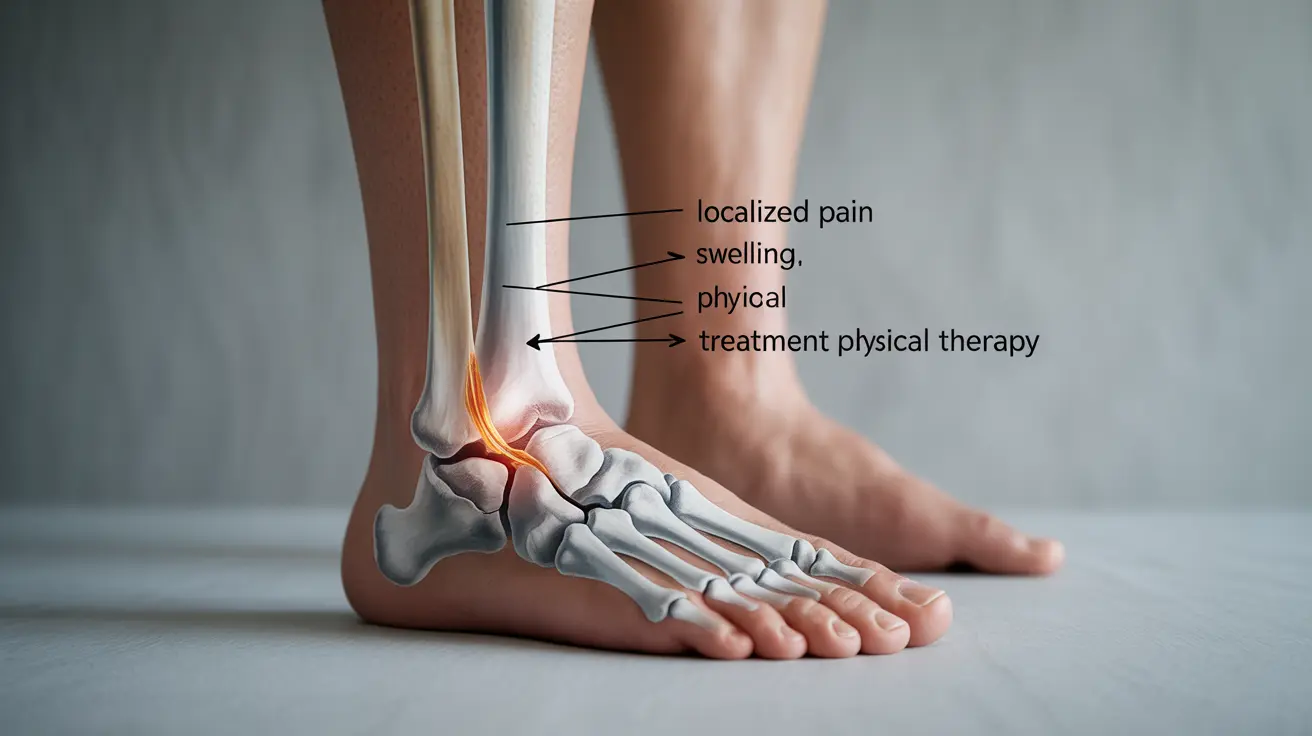A hairline fracture, also known as a stress fracture, is a small crack or severe bruise within a bone that commonly occurs in weight-bearing bones of the lower extremities. These subtle yet potentially serious injuries typically result from repetitive stress or overuse, making them particularly common among athletes, runners, and individuals with bone-weakening conditions.
Recognizing and properly treating a hairline fracture is crucial for preventing more severe complications and ensuring optimal recovery. This comprehensive guide will help you understand the warning signs, treatment options, and steps for prevention of these common injuries.
Key Signs and Symptoms of a Hairline Fracture
Identifying a hairline fracture early can significantly impact recovery time and prevent further damage. Common symptoms include:
- Localized pain that worsens with activity
- Tenderness when touching the affected area
- Mild swelling and redness
- Pain that diminishes with rest but returns with activity
- Difficulty bearing weight on the affected limb
Unlike major fractures, hairline fractures may not cause immediate, severe pain, which can sometimes lead to delayed diagnosis and treatment.
Diagnosis and Medical Assessment
Healthcare providers typically use several methods to diagnose a hairline fracture:
- Physical examination
- Detailed medical history
- Imaging tests (X-rays, MRI, or bone scan)
- Assessment of risk factors and activity patterns
Early diagnosis is essential for proper treatment and optimal healing outcomes. While X-rays might not always show hairline fractures initially, other imaging techniques can help confirm the diagnosis.
Treatment Approaches and Recovery
The treatment plan for a hairline fracture depends on several factors, including the location and severity of the injury. Common treatment methods include:
- Rest and activity modification
- Ice therapy for pain management
- Protective footwear or crutches
- Physical therapy exercises
- Modified weight-bearing activities
Conservative Treatment
Most hairline fractures respond well to conservative treatment, which typically involves the RICE protocol (Rest, Ice, Compression, and Elevation) combined with activity modification and proper support for the affected area.
Surgical Intervention
Surgery is rarely needed for hairline fractures but may be recommended in cases where:
- The fracture is in a high-risk location
- Conservative treatment hasn't been effective
- There's significant displacement of the bone
- Multiple stress fractures are present
Prevention Strategies
Preventing hairline fractures involves several key strategies:
- Proper training progression and technique
- Adequate rest between intense activities
- Wearing appropriate footwear
- Maintaining good nutrition, especially calcium and vitamin D intake
- Regular bone density screening for at-risk individuals
Frequently Asked Questions
What are the main symptoms and warning signs of a hairline fracture in the foot, leg, or ankle?
The primary symptoms include localized pain that worsens with activity, tenderness to touch, mild swelling, and discomfort that improves with rest but returns during activity. You may also notice difficulty bearing weight on the affected limb.
How long does it usually take for a hairline fracture to heal, and what factors can affect recovery time?
Healing typically takes 6-8 weeks but can vary based on factors such as the location of the fracture, overall health status, adherence to treatment plans, and whether proper rest is maintained. Nutrition, age, and underlying health conditions can also impact recovery time.
What treatment options are available for a hairline fracture, and when is surgery needed?
Most hairline fractures are treated conservatively with rest, ice, compression, and elevation (RICE protocol), along with activity modification and supportive devices. Surgery is rarely needed but may be recommended for fractures in high-risk locations or when conservative treatment fails.
Can you still exercise or play sports with a hairline fracture, and what activities are safe during recovery?
During initial healing, it's crucial to avoid activities that put stress on the injured area. Low-impact activities like swimming or stationary cycling may be permitted under medical supervision. Always follow your healthcare provider's guidance about safe activities during recovery.
What are the best ways to prevent hairline fractures, especially for athletes or people with osteoporosis?
Prevention strategies include proper training progression, adequate rest periods, appropriate footwear, maintaining good nutrition (especially calcium and vitamin D), and regular bone density monitoring for at-risk individuals. Athletes should follow proper training techniques and avoid sudden increases in activity intensity.




